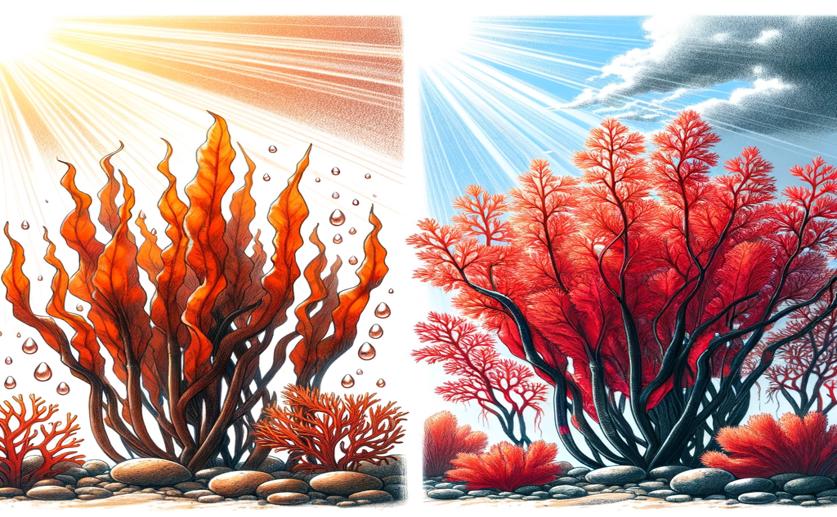
How Sunlight and Temperature Affect the Growth of Medicinal Red Seaweed
Greg Howard
12th May, 2024

Image Source: Natural Science News, 2024
Key Findings
- In Kagoshima, Japan, the red alga Chondria armata grows larger in December and shrinks in spring
- The alga's photosynthesis peaks at low light intensity and withstands strong light well
- Its photosynthesis is optimal at around 30°C and declines outside the 20°C to 36°C range
EcologyPlant ScienceMarine Biology
References
Main Study
1) Phenology and the response of photosynthesis to irradiance and temperature gradient in the herbal drug red alga, Chondria armata (Rhodomelaceae, Ceramiales) from Kagoshima, Japan
Published 9th May, 2024
https://doi.org/10.1007/s10811-024-03250-w
Related Studies
2) Glycolipids from the red alga Chondria armata (Kutz.) Okamura.
Journal: Glycobiology, Issue: Vol 16, Issue 10, Oct 2006
3) Production of domoic acid by laboratory culture of the red alga Chondria armata.
4) Six domoic acid related compounds from the red alga, Chondria armata, and domoic acid biosynthesis by the diatom, Pseudo-nitzschia multiseries.
5) Domoic acid biosynthesis in the red alga Chondria armata suggests a complex evolutionary history for toxin production.



 10th March, 2024 | Jenn Hoskins
10th March, 2024 | Jenn Hoskins